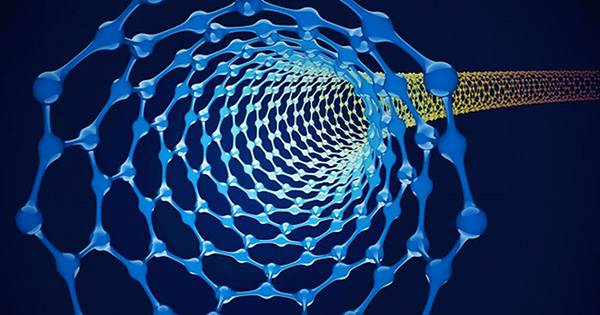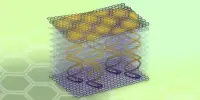Leipzig University researchers have discovered a highly efficient way of investigating systems with long-range interactions that were previously perplexing to specialists. These systems can be gases or solid objects, such as magnets, in which the atoms interact not just with their neighbors but also with those far away.
Professor Wolfhard Janke and his team of researchers accomplish this through the use of Monte Carlo computer simulations. This stochastic process, called after the Monte Carlo casino, provides random system states from which the necessary system attributes can be calculated. Monte Carlo simulations provide substantial insights into the physics of phase transitions in this way.
The researchers created a novel algorithm that can execute these simulations in days rather than years using traditional approaches. Their new discoveries were published in the journal Physical Review X.

When the macroscopic attributes of a physical system, such as pressure or temperature, do not fluctuate over time, the system is said to be in equilibrium. When external changes force a system out of balance, the system seeks a new state of equilibrium.
“These processes are increasingly capturing the attention of statistical physicists around the world.” “While many studies have examined various aspects of nonequilibrium processes for systems with short-range interactions, we are only now beginning to understand the role of long-range interactions in such processes,” Janke explains.
The curse of long-range interactions
The number of operations required to calculate the development of the entire system over time increases linearly with the number of components in short-range systems whose components only interact with their short-range neighbors. For long-range interacting systems, each component must interact with all other components, including distant ones. The runtime increases quadratically as the system size grows.
Professor Janke’s team of scientists has now reduced this algorithmic complexity by redesigning the program and employing a creative combination of acceptable data structures. In the case of big systems, this results in a significant reduction in computing time and the ability to examine entirely new problems.
New horizons opened
The article demonstrates how the novel method can be applied to nonequilibrium processes in systems with long-range interactions in an effective manner. One example is spontaneous ordering processes in an initially disordered “hot” system, where ordered domains develop with time after a sudden temperature drop until an ordered equilibrium state is obtained.
We know from experience that when we take a hot shower and there is a cold window nearby, droplets collect on the window. The heated steam immediately cools, and the droplets get larger. Processes with controlled slower cooling rates are another example, where the creation of vortices and other structures is of special interest since they play a significant role in cosmology and solid-state physics.
Furthermore, researchers at the Institute of Theoretical Physics have successfully applied the algorithm to the process of phase separation, in which two types of particles, for example, spontaneously separate. Nonequilibrium processes are important in both industrial applications and the functioning of cells in biological systems. These examples demonstrate the broad range of application situations provided by this methodological advancement for basic research and practical applications.
Along with experimentation and analytical approaches, computer simulations are the third pillar of modern physics. Many physics problems can only be approached roughly or not at all using analytical approaches. With an experimental method, certain difficulties are frequently difficult to access and necessitate complicated experimental setups that can take years. In recent decades, computer simulations have therefore substantially helped the understanding of a wide range of physical processes.
















